Undecided between a Rolex Explorer II vs Submariner? Here is your guide to buy your Rolex

Published: Apr 17, 2021
Rolex Explorer II vs Submariner: Battle of the Sports Titans
The Rolex Submariner and Explorer II are two of the brand’s most iconic timepieces, celebrated for their precision, reliability, and timeless appeal. While both are exceptional in design and performance, they cater to distinct lifestyles. The Submariner boasts a rugged, sporty aesthetic ideal for divers and casual wear, while the Explorer II features a refined design suited to adventurers and formal occasions. This guide provides a detailed comparison to help you decide which Rolex best suits your needs.
History of the two Rolex Icons
The Rolex Submariner, launched in 1953, marked the brand’s second major innovation in waterproof technology. It was the first diving watch to achieve a water resistance of 100 metres, thanks to the groundbreaking Oyster case. This case featured a robust monobloc steel centre, a screw-down crown, and a screw-down case back, offering unparalleled durability. Over the past six decades, the Submariner has been enhanced with improved water resistance and cutting-edge technical features, solidifying its reputation as a tool watch of choice for divers.
The Rolex Explorer II debuted in 1971 as a companion for adventurers, scientists, and mountaineers. Designed to withstand extreme environments, it has accompanied countless polar expeditions and caving missions. Its standout feature is the bright orange GMT hand, which completes a 24-hour rotation around the dial and works with the engraved steel bezel to track a second time zone. This makes the Explorer II an excellent choice for business travellers and outdoor enthusiasts alike.
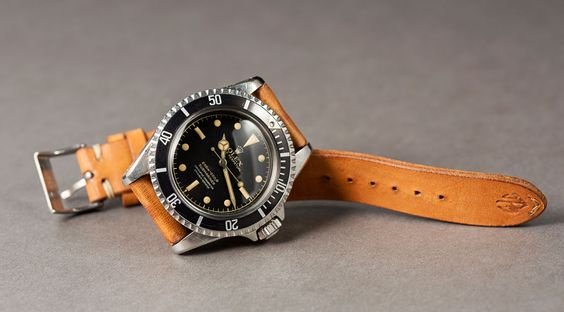
70's: Submariner Reference 1680 vs Explorer II Reference 1655
The first comparision should be for the models produced in 1971 when the first Explorer II was released: reference 1655 also knows "Freccione" or "Big Arrrow".
In 1971, Rolex produced two legendary models: the Submariner reference 1680 and the Explorer II reference 1655. While both are icons in their own right, they were designed with distinct functions and features to cater to different needs.
The Submariner 1680, Rolex’s first Submariner to include a date function, was equipped with a cyclops lens for enhanced readability. Its unidirectional rotating bezel, featuring minute markings, allowed divers to safely track elapsed time underwater. This model was water-resistant to 200 metres, making it an indispensable tool for professional divers and marine enthusiasts.
In contrast, the Explorer II 1655 was purpose-built for adventurers navigating extreme conditions. Its standout feature was the bright orange 24-hour GMT hand, designed to help wearers distinguish between day and night in environments with no natural light, such as caves or polar regions. The fixed steel bezel, engraved with 24-hour markings, complemented the GMT functionality, enabling dual-time tracking. Unlike the Submariner, the Explorer II 1655 lacked a rotating bezel but compensated with its robust design and precision.
Visually, the Submariner 1680 exudes a classic dive-watch aesthetic, complete with a black dial and bezel, while the Explorer II 1655 showcases a unique “Freccione” orange hand and a bold, technical look. Together, these two models epitomise Rolex’s commitment to innovation and precision in their respective domains.
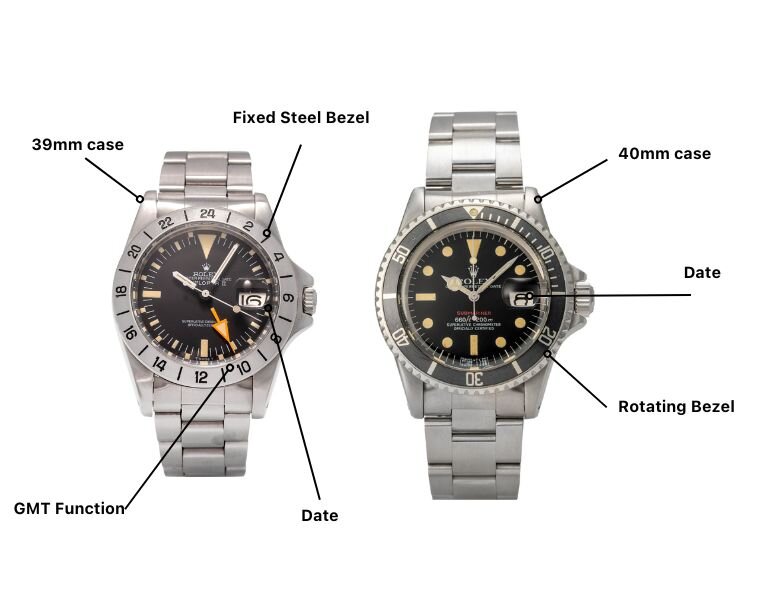
| Feature | Rolex Submariner Reference 1680 | Rolex Explorer II Reference 1655 |
|---|---|---|
| Production Years | 1967 – 1980 (approx) | 1971 – 1978 |
| Case Size | 40mm | 39mm |
| Materials | Stainless Steel; 18k Yellow Gold | Stainless Steel |
| Functions | Time w/ Running Seconds; Date Display | Date; GMT |
| Dial | Black; Blue (18k Version Only) | Black; White |
| Bezel | Bidirectional. Black Aluminum Insert w/ 60-minute timing scale | Fixed Steel Bezel w/ 24-hour scale |
| Crystal | Acrylic w/ Cyclops Magnification Lens | Plexiglas |
| Movement | Caliber 1575 (Cal. 1570 base) | Caliber 1570 |
| Water Resistance | 200 meters / 660 feet | 100 meters / 10 ATM |
| Bracelet | Oyster Bracelet | Oyster Bracelet |
| Clasp Material | Not specified | Stainless Steel |
| Special Markets | Not specified | Germany, Japan, Great Britain, Italy, USA |
1980's: Submariner Reference 16610 vs Explorer II Reference 16550
The Rolex Submariner 16610 and the Explorer II 16550 represent a clash of two legends from the 1980s, each designed to serve different purposes while embodying Rolex’s commitment to precision and durability.
The Submariner 16610, produced from 1987 to 2010, is a quintessential dive watch. It features a 40mm stainless steel case with a unidirectional rotating bezel and an aluminium insert, designed to track elapsed time underwater. With a water resistance of 300 metres, the 16610 was powered by the reliable Calibre 3135, offering a 48-hour power reserve. Its black dial, luminescent hour markers, and date function under a Cyclops lens made it both functional and iconic.
In contrast, the Explorer II 16550, produced between 1985 and 1989, was built for adventurers. It featured a 40mm stainless steel case with a fixed 24-hour bezel, designed to distinguish between day and night in low-light conditions or to track a second time zone. Powered by the Calibre 3085, the Explorer II offered a similar 48-hour power reserve but stood out with its independently adjustable GMT hand. This model was available with a black or white “cream dial,” the latter becoming particularly sought-after due to its unique patina.
While the Submariner 16610 exuded a sporty aesthetic and focused on underwater exploration, the Explorer II 16550 catered to travellers and adventurers navigating extreme environments. Both models are highly collectible today, symbolising Rolex’s expertise in crafting purpose-built timepieces.
New Explorer Launch in late 80's Rolex Explorer II Reference 16570 vs Rolex Submariner Reference 16610
The Rolex Explorer II 16570 and the Submariner 16610, both iconic models of the 1990s, exemplify Rolex’s mastery in creating purpose-driven timepieces. Despite sharing the brand’s hallmark reliability and precision, these watches cater to distinct audiences.
The Explorer II 16570, produced from 1989 to 2011, is a versatile tool watch designed for adventurers. It features a 40mm stainless steel case, a fixed 24-hour bezel, and a distinctive red or orange GMT hand. Powered by the robust Calibre 3185 (later replaced by the Calibre 3186), it provides a 50-hour power reserve and allows for independent adjustment of the GMT hand, making it ideal for tracking a second time zone. Available with either a black or white dial, the 16570’s legibility and rugged design make it a favourite among globetrotters and outdoor enthusiasts.
The Submariner 16610, produced from 1987 to 2010, is a quintessential dive watch with a focus on underwater performance. It features a 40mm stainless steel case, a unidirectional rotating bezel with an aluminium insert, and a water resistance of up to 300 metres. Powered by the Calibre 3135, the 16610 offers a 48-hour power reserve and includes a date function magnified by a Cyclops lens. Its black dial and luminescent hour markers ensure optimal visibility in low-light conditions, making it an enduring choice for divers and collectors alike.
While the Explorer II 16570 is tailored for travellers and adventurers needing dual-time functionality, the Submariner 16610 is a specialised tool for divers. Both models highlight Rolex’s dedication to precision and practicality, making them timeless options for enthusiasts with differing needs.
Case and Dial:
The Submariner is available in steel, 18k yellow gold and bi-color steel & yellow gold options, as well as 18k white gold. The Oyster case as mentioned before takes the form of a middle monobloc piece of steel, accompanied by a screw-down case back and a screw-down crown. The latter is combined with Rolex’s patented Triplock triple waterproofness system, featuring three sealed zones. The unidirectional rotating bezel of the 40mm Submariner watch is completed in Cerachrom ceramic which helps to prevent the rich black, blue and green colors of the Submariner’s bezel from fading or scratching. The numerals and graduations are coated in platinum. The black, blue and green dials of the Submariner models feature luminous markers and hands, and there are date and no-date options in this collection.
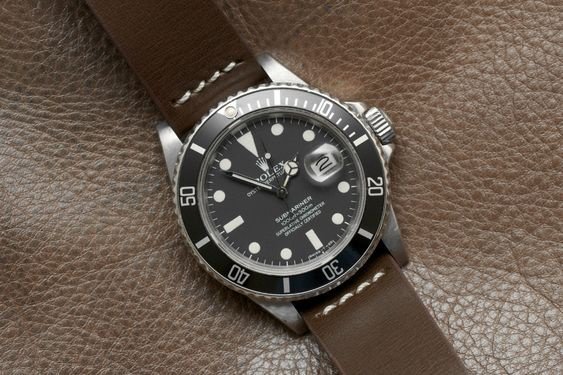
The Rolex Explorer II is larger than the Submariner by 2mm, measuring a 42mm Oystersteel case available in white and black dial options. The date situated at 3 o’clock is positioned under a cyclops lens, accompanied by the vibrant orange-colored arrow-tipped GMT hand as mentioned before. The hand points to a fixed bezel crafted from steel with 24-hour graduations. The screw-down crown is equipped with a Twinlock double waterproofness system with two sealed zones. Compared to the Submariner’s 300-meter water resistance, the Explorer II is not as adequately equipped for underwater use, offering only a 100-meter water resistance.
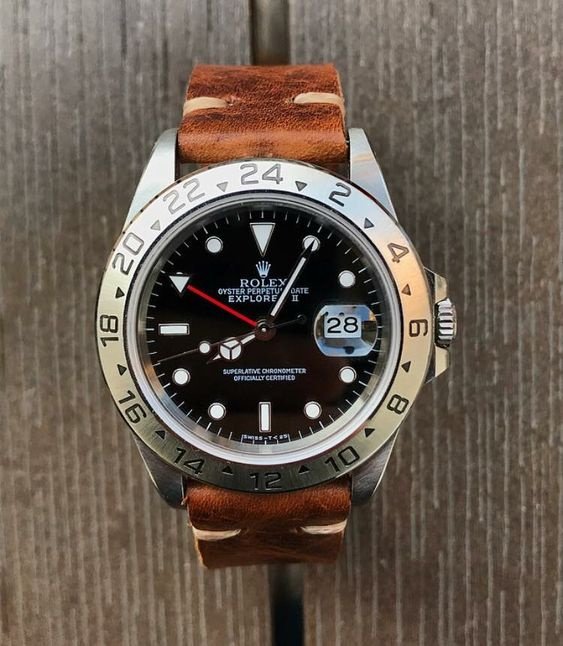
Movement:
The superlative chronometer movement fitted inside both the Submariner and Explorer II watches is what makes each timepiece so reliable. It means that the watches have passed hours of stringent tests inside Rolex’s quality control facilities, proving that they live up to the brand’s standards of accuracy and dependability. Rolex Explorer II watches are identifiable by their arrow-tipped GMT hand which circles the dial once a day. It works in conjunction with an engraved bezel to offer a second-time zone.
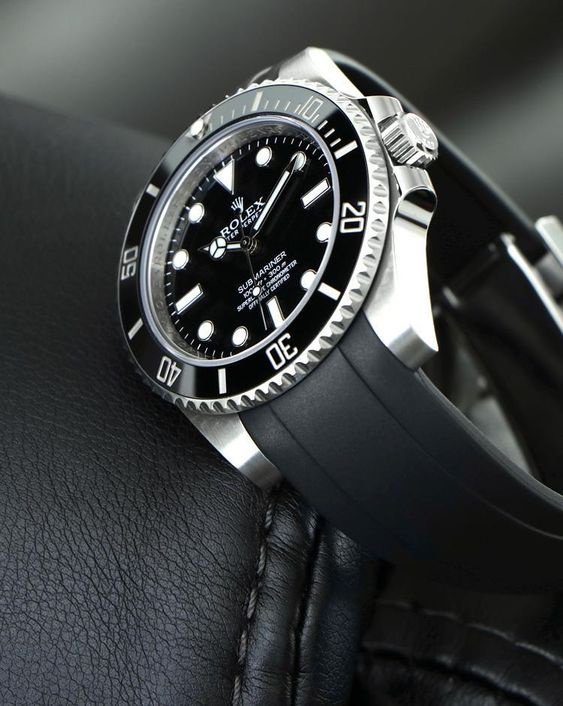
The Rolex Submariner is powered by the 3130 and the 3135 calibers. Both produce a 48-hour power reserve and perform at a rate of 28,800 vibrations per hour. Both engines are also equipped with a Paramagnetic blue Parachrom hairspring. The Rolex Explorer II models are propelled by the Caliber 3187, which provides a 48-hour power reserve too, along with a performance of 28,800 vibrations. Like the Submariner’s movement, it is completed with a Paramagnetic blue Parachrom hairspring.
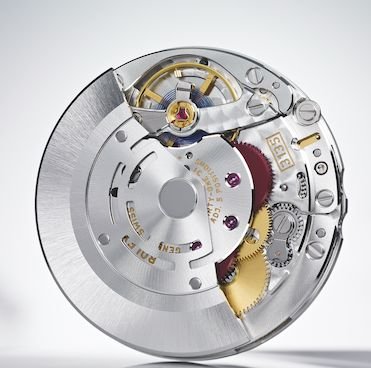
Bracelet and Clasp:
The Submariner attaches to the wrist with the brand’s iconic 3-piece Oyster bracelet, either in steel, 18k yellow gold, steel & gold or white gold options. A folding safety clasp provides a secure fit, whilst a Glidelock system will enable you to wear the bracelet over the top of heavy diving gear by extending the bracelet in small increments.
The Explorer II is also completed on a rugged Oystersteel bracelet. It features an Easylink facility that will allow you to fit the watch over outdoor gear by increasing the bracelet in 5mm increments.
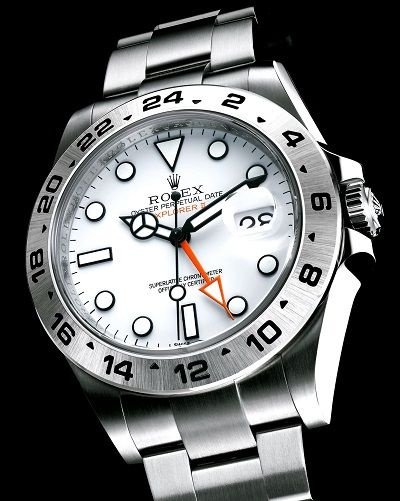
Prices:
The starting price for a Submariner and an Explorer II is similar. Both cost around the $8000 mark. The “Hulk” and “Kermit” versions are more expensive, costing around $16,000. The most expensive is the white gold blue dial model which retails at around $30,000. The Explorer II’s most expensive design is the ref: 1655 – a Steve McQueen vintage watch which sells for around $43,000.
The Rolex Explorer II has grown by 246% between 1994 and 2016. Now worth triple the value that it was, it’s a solid investment. The Submariner has also tripled in value between 1994 and 2016. It’s a highly collectible model that has a distinct design, doubling up as a powerful statement piece.
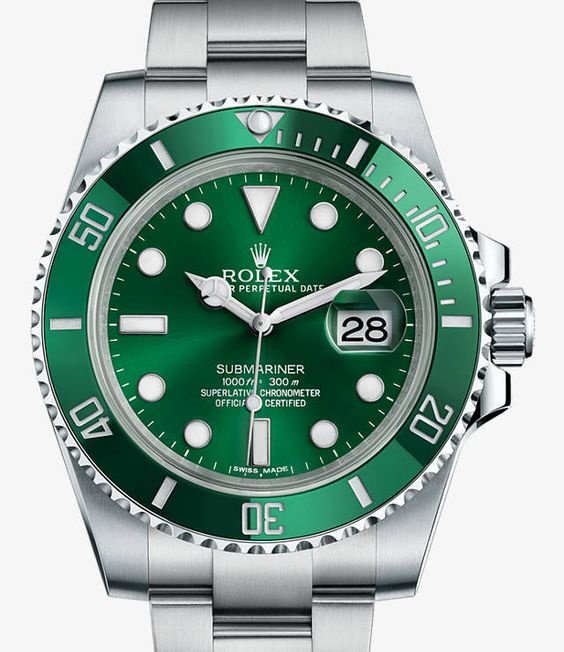
Conclusion:
The Rolex Explorer, with its slightly dressier look, can be worn alongside a smart suit as well as equipping the wrist for use in extreme outdoor expeditions. Alternatively, the Submariner is more suitable for diving, thanks to its better water resistance albeit in slightly smaller case size. The movements provide similar benefits in terms of power revere and performance. Whereas the Submariner is hugely collectible, the Explorer II is still a popular model. The bezels on the Submariner and the Explorer II serve a useful and functional purpose. The Explorer’s bezel enables a second time zone to be referenced whereas the diver’s bezel on the Submariner can be used to keep track of remaining time underwater, so it all comes down to what your need in a watch is. If it’s a watch for travel and outdoor use that you’re looking for – the Rolex Explorer II is the ideal option for you. If it’s diving or a statement piece you’re looking for – opt for the Submariner.
For more information:
More information about Rolex collection can be found here.